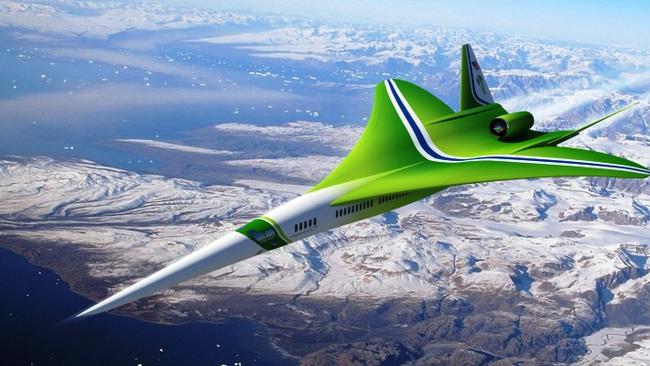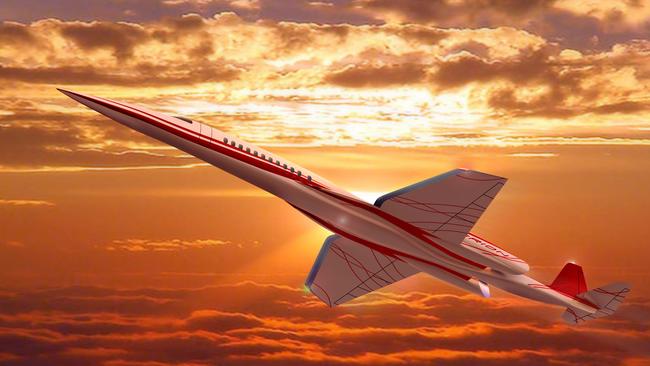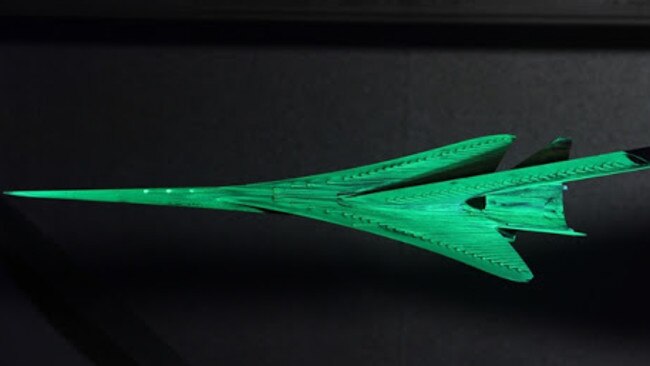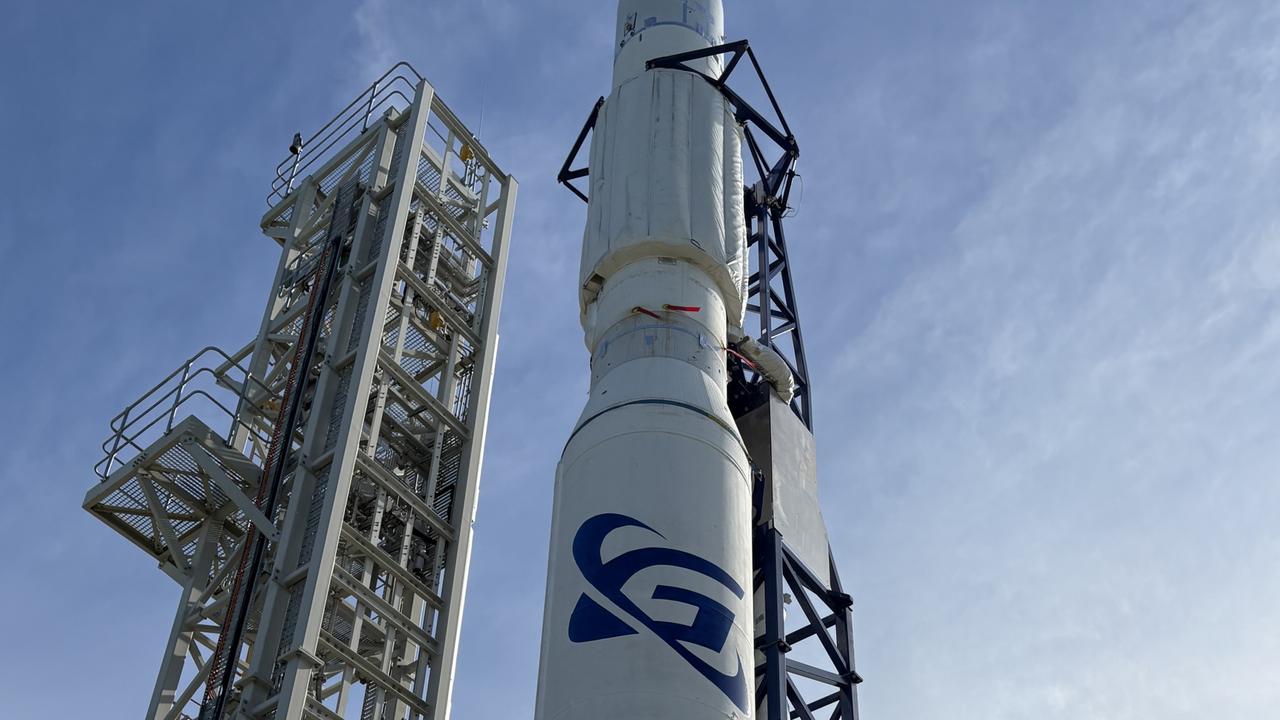Lockheed Martin, Airbus/Aerion proposing ultra-fast successors for Concorde
THE demise of Concorde has left a hole in the hearts of pilots and in the working day of harried entrepreneurs. Now manufacturers want to fill this void with a new plane.
THE demise of Concorde has left a hole in the hearts of pilots and in the working day of harried entrepreneurs.
Now manufacturers want to fill this void with a new plane — even though they’re struggling to come up with a good name.
It’s all about speed.
The concepts — which are yet to leave the drawing board — have been designed to whisk fare-paying passengers about the world in the time of a typical (big city) taxi ride.
Lockheed says their aircraft — weirdly named the N+2 — will be capable of making the New York to Los Angeles run in less than 2.5 hours. Optimally, it will do so with 80 passengers strapped inside by about 2025.

But there’s a dogfight developing.
European aircraft manufacturer Airbus and US counterpart Aerion have sunk $100 million into their own ultra-fast plane, equally boringly named AS2. Hopes are it will be able to make the dash for 12 passengers between Los Angeles and Tokyo in just six hours.
Even then it’s no Concorde: The 1970s veteran could push speeds of 2170km/h. Once in the air in 2019, the AS2 is expected to canter along at a mere 1950km/h. The N+2 sits between the two.
Both designs have some serious challenges.

Modern airports have some stiff noise restrictions. So sonic booms are a definite no-no.
“To achieve revolutionary reductions in supersonic transportation airport noise, a totally new kind of propulsion system is being developed,” said Lockheed’s N+2 program manager Michael Buonanno in a recent blog.
“We are also exploring new techniques for low noise jet exhaust, integrated fan noise suppression, airframe noise suppression and computer customised airport noise abatement.”

Out of their tests emerged a somewhat unusual shape. It’s now undergoing wind-tunnel and computer simulation tests to find out just how quiet they can get. The goal is to be 100 times less than Concorde’s intense thunderclap.
“Though it is not practical to completely eliminate noise, these advancements would result in a sonic boom that sounds much more like a distant thump rather than a sharp crack,” a Lockheed statement says.
It takes a very slender shape, with one of the three engines above the aircraft (the other two are slung under the wings) to help an airframe shape capable of producing a “rippling” sonic boom instead of one colossal whack.



